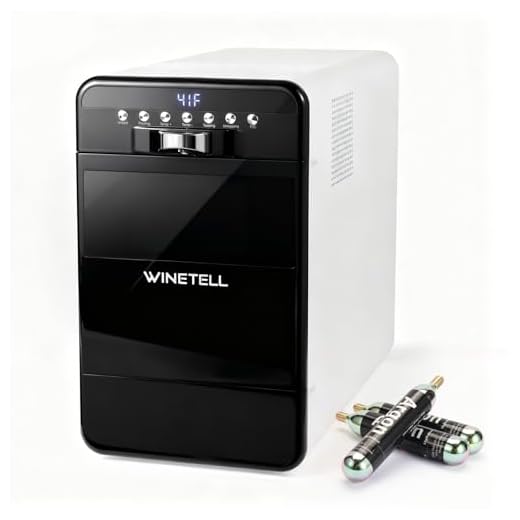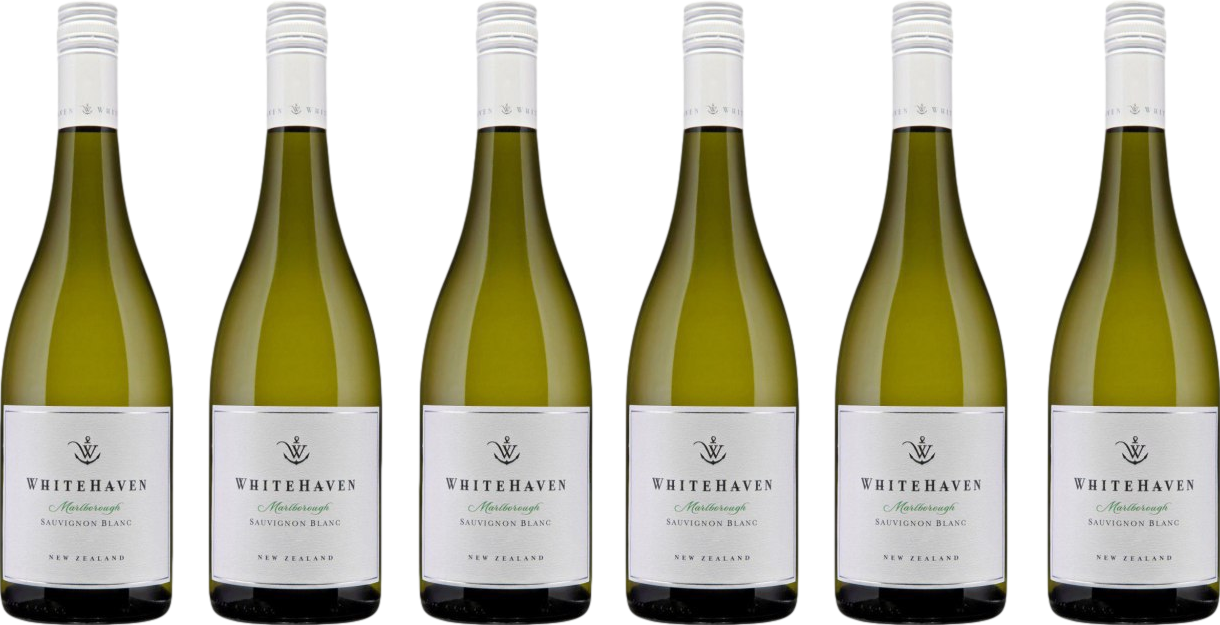



Opened bottles maintain quality for approximately three to five days when stored correctly. To prolong freshness, it’s best to recork the bottle tightly after pouring. If you have a vacuum pump, use it to remove excess air, which significantly slows down oxidation.
Temperature plays a crucial role in preserving the drink. Keep it in the refrigerator, as cooler conditions help maintain its integrity. Serving temperature should remain consistent, ideally around 45°F to 50°F, to enhance flavors and aromas.
Visual cues can help determine the drink’s state. If you notice an amber hue or unpleasant odors, these may indicate that the liquid has deteriorated. Taste it as well; a sharp or vinegar-like flavor suggests it’s time to discard it. By following these guidelines, you can enjoy your remaining pours without compromising quality.
Storing Opened Bottles of Light Beverage
Consume within three to five days for optimal taste. Exposure to air leads to oxidation, altering flavors and aromas. A few practical tips for maintaining quality include:
- Re-cork the bottle tightly to minimize oxygen contact.
- Store upright to reduce surface area exposed to air.
- Keep in a cool, dark place, ideally in the refrigerator.
For those seeking to extend the life of an opened bottle, consider investing in a vacuum pump. This tool removes air, slowing down the oxidation process significantly. Additionally, inert gas wine preservers can replace oxygen in the bottle, further preserving flavors.
Monitor for signs of spoilage, such as unpleasant odors or changes in color. A sour smell or a brownish hue indicates that the contents are no longer enjoyable. When in doubt, trust your senses!
Pairing with food can also enhance your experience. Light varieties complement seafood, salads, and poultry, while slightly sweeter options work well with spicy dishes. Just keep in mind that quality diminishes over time, so enjoy your opened bottle as soon as possible for the best results.
How Long Can You Keep Opened White Wine?
Opened bottles typically remain at their best for 3 to 5 days. To maintain quality, store them in the refrigerator with the cork or a wine stopper to minimize oxidation.
For aromatic varieties, such as Sauvignon Blanc or Pinot Grigio, aim to consume within 3 days for optimal flavor. Richer styles, like Chardonnay or Viognier, can last up to 5 days, as they tend to handle exposure to air a bit better.
Signs of spoilage include noticeable changes in aroma or flavor, such as a vinegar-like scent or a flat taste. If you detect these, it’s best to discard the bottle.
For those seeking to extend shelf life, consider using vacuum pumps or inert gas systems to reduce oxygen contact. These methods can help keep your selection enjoyable for a longer period.
Ultimately, the key is to trust your senses. If it smells or tastes off, it’s time to part ways with that bottle.
Signs That Your Opened Beverage Has Spoiled
Look for changes in aroma, as a sour or vinegar-like scent indicates spoilage. Freshly uncorked options should have vibrant, fruity notes. If the fragrance turns off-putting, it’s a clear sign to discard.
Visual cues also matter. Notice any unusual cloudiness or sediment that wasn’t present before. A clear appearance is typically desired; if you spot particles floating or a hazy look, it’s likely compromised.
Taste is a reliable indicator as well. A sip that tastes flat, overly acidic, or off can signal that the drink has lost its integrity. If it doesn’t match the expected flavor profile, it’s best to err on the side of caution.
Carbonation levels can change too. If a once-sparkling option appears dull and lifeless, it may have oxidized or gone stale. Compare it to how it tasted initially; if the fizz is gone, it’s likely past its prime.
Also, check the container. If the cork or cap appears damaged or the seal is broken, exposure to air can lead to spoilage. Ensure the seal is intact to maintain quality.
If you’re considering cleaning your wine stains, can you safely clean a rain jacket in the washing machine find out here.
Best Storage Practices for Opened White Wine
To maintain the quality of your opened bottle, always re-cork it tightly after each pour. Use the original cork or a wine stopper to minimize air exposure, which accelerates spoilage. If the cork is damaged, consider a vacuum pump to remove excess air.
Store the bottle upright to prevent the cork from drying out. Keep it in a cool, dark place away from direct sunlight and temperature fluctuations. Ideal storage temperature ranges from 45°F to 65°F (7°C to 18°C), with 50°F to 55°F (10°C to 13°C) being optimal.
Utilizing Refrigeration
Refrigerating your opened bottle can extend its lifespan. Even if the wine is a red variety, chilling can help slow oxidation. Ensure your refrigerator maintains a consistent temperature and avoid placing the bottle in the door, where warmth from opening the refrigerator can affect it.
Avoiding Common Mistakes
Never store the bottle near heat sources like ovens or radiators. Also, avoid keeping it in the kitchen if possible, as cooking can create temperature variations and odors that may affect the flavor. If you’re unable to finish the bottle within a few days, consider using a wine preservation system to further extend its drinkability.
Impact of Different Types of White Varieties on Shelf Life
The longevity of an opened bottle is greatly influenced by its type. For instance, sparkling selections tend to lose their effervescence quickly, often within a day or two. Conversely, fuller-bodied options like Chardonnay or Viognier can maintain their character for a week or more due to higher alcohol content and richer flavors.
Acidity Levels
<p.Higher acidity levels in varieties such as Sauvignon Blanc or Riesling can enhance preservation. The natural acidity acts as a barrier against spoilage, allowing these types to remain enjoyable for several days. In contrast, low-acid wines may deteriorate more rapidly, often showing signs of oxidation within a few days.
Oak Influence
<p.Oaked selections typically possess greater complexity and stability. The aging process in barrels contributes to a more robust structure, ensuring these wines hold up better once uncorked. Unoaked types, while often fresher, may not last as long, especially if they are lighter in style.
Can You Revive Spoiled Beverage?
Reviving a disappointing, oxidized bottle is often possible, depending on the extent of its deterioration. If the liquid has merely lost its freshness, consider chilling it again for a crisp taste. Serving it in a wine tumbler with ice can also help mask flaws while enhancing the overall experience.
Techniques for Restoration
Here are some practical methods to potentially restore the character of a lackluster bottle:
| Technique | Description |
|---|---|
| Chill | Cool the bottle to bring out remaining notes and acidity. |
| Mix with Sparkling | Combine with a splash of sparkling soda or tonic for a refreshing spritz. |
| Use in Cooking | Incorporate it into sauces or marinades, where flavor can be enhanced through cooking. |
| Add Fresh Fruit | Infuse with slices of citrus or berries to improve taste and aroma. |
Limitations
Not all bottles can be salvaged. If the liquid has developed off-putting aromas, such as vinegar notes or an unpleasant sourness, it may be best to discard it. Trust your senses; if it smells or tastes wrong, it’s unlikely that any technique will restore its quality.
Ultimately, while some tricks can enhance a less-than-perfect experience, prevention through proper storage remains the best strategy for enjoying every sip.
FAQ:
How long can I keep an opened bottle of white wine before it goes bad?
Once opened, white wine generally remains good for about 3 to 5 days if stored properly. To maximize its shelf life, reseal the bottle with the original cork or a wine stopper and place it in the refrigerator. The cooler temperature helps slow down oxidation, which can alter the wine’s flavor and aroma. However, it’s always a good idea to check the wine for off smells or a change in taste before consuming it after a few days.
What signs indicate that white wine has gone bad after opening?
There are several indicators that white wine has spoiled. First, if you notice a strong vinegar smell or an unpleasant odor, it’s a sign that the wine has oxidized too much. Additionally, taste can change; if the wine tastes flat or overly sour, it likely has gone bad. You might also observe a change in color, such as a darker hue, which can indicate oxidation. If any of these signs are present, it’s best to avoid drinking the wine.
Is it safe to drink opened white wine after a week?
Drinking white wine that has been open for a week is not recommended. While some wines may still be drinkable after this time, the quality and flavor will have significantly deteriorated. Most opened white wines are best consumed within 3 to 5 days. After a week, the wine may taste sour or have an unpleasant aroma due to oxidation and spoilage. If you’re ever in doubt, trust your senses—if it smells or tastes off, it’s wise to discard it.








